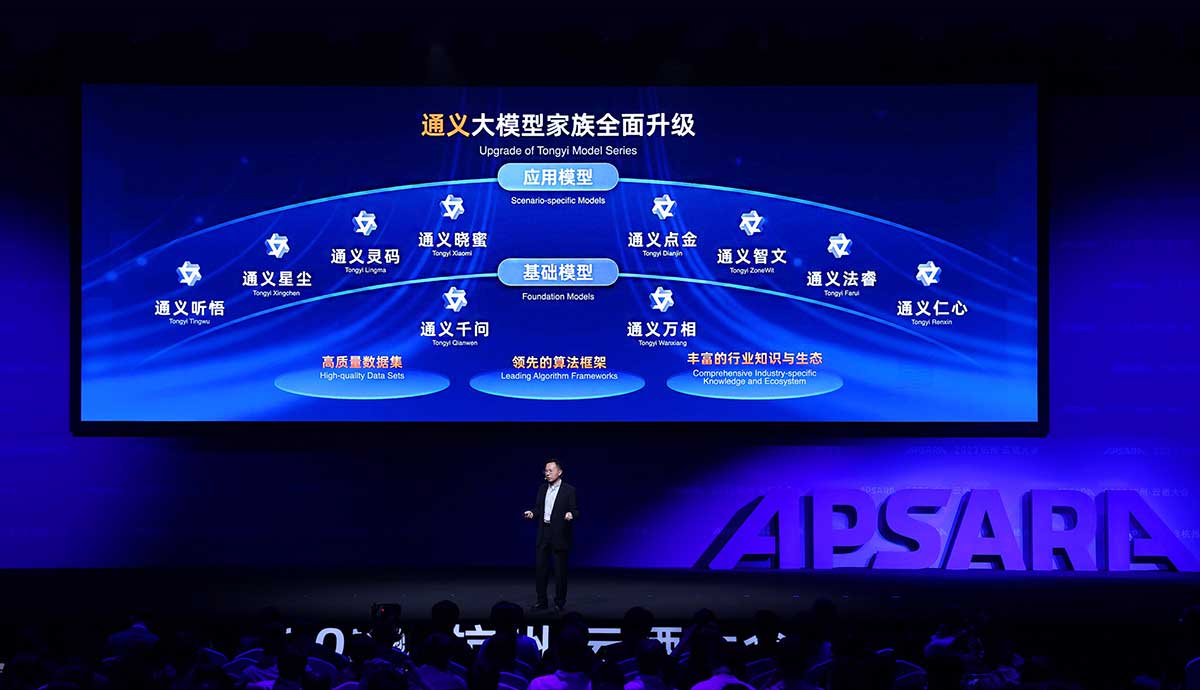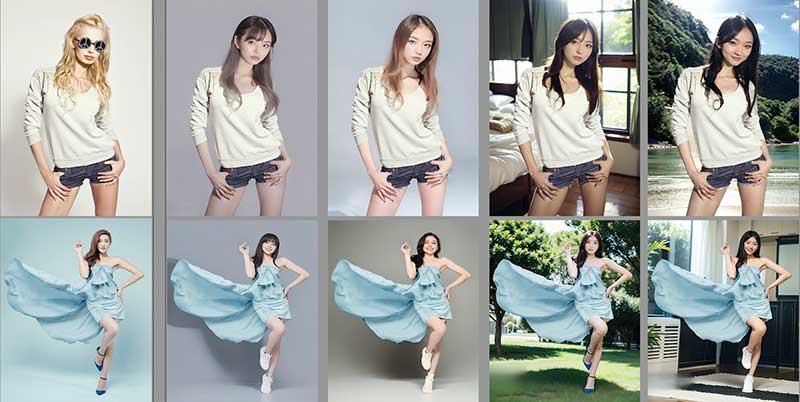Alibaba Cloud Showcases Leading AI Initiatives at Apsara Conference
Alibaba Cloud, the digital technology and intelligence backbone of Alibaba Group, showcased an array of industry-specific AI models at its annual flagship tech event Apsara Conference. These advancements are built upon Tongyi Qianwen, the company’s proprietary foundation model, and are designed to streamline business operations and enhance user experiences.
Additionally, the cloud pioneer unveiled a multitude of AI innovations, including a digital avatar creation tool and AI text-to-image tools. These advancements aim to simplify the process of digital content creation for businesses across sectors.
Here’s an overview of the prominent AI innovations presented by Alibaba Cloud during the Apsara Conference:
- Character Creation & AI Chat Model (Tongyi Xingchen): This model facilitates engaging, human-like interactions with virtual characters. It enables users to create their own characters and interact with them for personality-driven companionship, emotional support, and entertainment.
Reading AI Model (Tongyi ZoneWit): This AI model comprehends documents and share knowledge easily, helping users boost their work efficiency. Users can upload documents in various formats and the assistant will summarize, extract information, and answer related questions in either Chinese or English.- Customer Support AI Model (Tongyi Xiaomi): A vertical model designed for customer service scenarios. With improved capabilities in natural language understanding, analytics, and inference, the model comprehends customer intentions and delivers appropriate responses accordingly. Several large banking and insurance enterprises have already integrated this model to enhance their customer support systems.
- Programming AI Model (Tongyi Lingma): This model aids developers in code generation, code explanation and code search. It can auto-complete codes, recommend changes and convert codes written in one programming language to another. This tool facilitates code development in a cost-effective and efficient way.
- Healthcare AI Model (Tongyi Renxin): Equipped with comprehensive medical knowledge, this model serves as an intelligent healthcare assistant offering personalized health advice. It can comprehend medical reports, identify health issues through user interactions, and provide advice accordingly.
- Legal AI Model (Tongyi Farui): Designed to help legal professionals increase their work productivity, this model can perform various tasks including legal research, answering law-related inquiries, providing analysis on litigation cases, and drafting legal documents.
- Finance AI Model (Tongyi Dianjin): Pre-trained with a variety of financial information, this model can answer finance-related questions, extract key points from financial reports and analyses, and generate draft financial reports and charts, simplifying finance-related tasks for users. The model can manage complex and multiple queries through the cooperation of its LLM agents.
- Virtual Character Generation Tool: Built upon Tongyi Wanxiang, Alibaba Cloud’s foundation model for AI image generation, this AI tool makes creating virtual character much easier. For example, merchants can create a virtual character in certain styles based on text or image prompts, and then generate product photographs with the virtual characters for product promotions.

9. Sketch-to-Stylist Picture Tool: This tool transforms rough sketches into colored images in a variety of styles, including oil painting, watercolor painting, and anime art, making art creation easier and encouraging creative innovation.
10. Digital Avatar Creation Tool: This tool simplifies the process of digital avatar creation. By extracting facial features from a three-minute video of an individual, it creates an animated avatar through 3D modeling. This tool aids businesses in creating unique digital avatars, which can be used to enhance customer engagement on e-commerce platforms.







